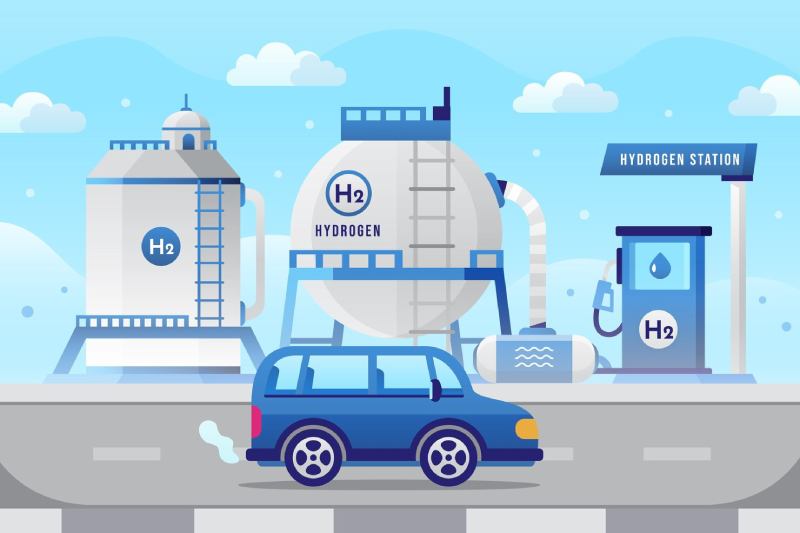Djibouti, located on the Horn of Africa, spans about 23,200 km², featuring a strategic coastline on the Red Sea and Gulf of Aden. Its electricity infrastructure is limited, generating only around 120 MW domestically through thermal plants, while importing roughly half of its electricity from Ethiopia via high-voltage interconnectors.[1] Overall access to electricity remains low, at about 42 percent, with urban access notably higher than rural. [2]
In 2023, its economy was valued at approximately USD 3 billion, and energy costs remain high at around USD 0.23/kWh. This underscores an urgent need to enhance energy security and affordability. Under its Vision 2035 framework, Djibouti has committed to a fully renewable electricity sector by 2035 and the establishment of a green hydrogen economy to diversify exports and secure cleaner, cheaper, and more dependable power.[3]
Djibouti aims to develop into a key green hydrogen export hub—leveraging its abundant solar and wind resources, favorable land availability, and proximity to major maritime trade routes via the Bab El Mandeb Strait. Key hydrogen hubs are being planned near major ports such as Djibouti City and Tadjoura. Feasibility studies conducted by companies like CWP Global and AMEA Power are exploring electrolyser capacities ranging from 1 GW to 10 GW, with production intended for green ammonia export. [1]
Complementary pilots focusing on hybrid renewables and solar-to-hydrogen production have been scoped for zones such as Nagad and Bara Wein, highlighting early-stage cluster development for hydrogen value chains.
Djibouti’s policy framework is actively evolving to support this ambition. This includes robust enablers: transparent public–private partnership laws (IPP, Investment Code, PPP), fiscal incentives like tax and customs duty exemptions, and designation of special economic zones tailored to hydrogen activities—all endorsed under Vision 2035. [1]
Strategic infrastructure plans integrate wind and solar generation (e.g., Ghoubet, Grand Bara), port modernization, and grid reinforcement projects, positioning the country as a financially and operationally viable hydrogen export platform.

By the end of 2024, Djibouti’s installed renewable capacity totaled approximately 85 MW, distributed across 60 MW of wind and 25 MW of solar, accounting for approximately 42 percent of total national capacity. This positions Djibouti among African countries actively integrating renewables, mirroring global trends where new capacity is dominated by wind and solar (≈75 percent share).[1]
The strategic Galafi–Nagad high-voltage interconnector has improved Djibouti’s grid resiliency by enabling cross-border electricity transfers. Combined with the new battery storage at Grand Bara, the grid is now better poised to integrate variable renewables and support large-scale electrolyser operations.
Local capacity for hydrogen equipment manufacturing is nascent, with some domestic PV module assembly (~0.36 MW) but no electrolyser production.